
RETURN
By Iris Brooks
Photographs by Jon H. Davis and Iris Brooks
“If speaking is silver, then listening is gold.”
-Turkish Proverb
Sensory bombardment is omnipresent these days. In search of a quality listening experience, I embark on my first visit to the Morris Museum in Morristown, New Jersey, with a history dating back over one hundred years. I am drawn here not for its instructional programming attracting many families accompanied by young children with the aim of educating and entertaining, but for multiple music exhibits currently on view. Interactive sound installations by composer/sound artist John Morton, a permanent music box collection with examples of early mechanical music makers (pinned cylinders, punched books and rolls) in their Guinness Collection, and a global look at trumpets in an exhibit titled, “Trumpets Weird and Wonderful” (on loan from the National Music Museum in South Dakota until March 17, 2019) along with hallway displays showing instruments from afar, such as an angklung rattle from Indonesia are all part of the current mix.
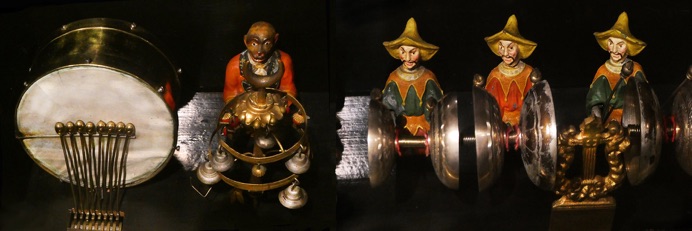
“The earth has music for those who listen.”
-William Shakespeare
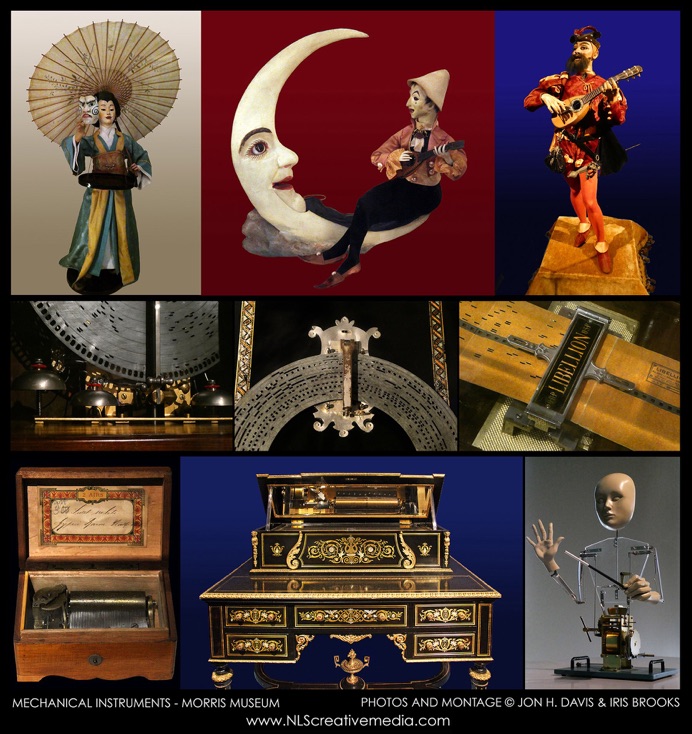
Trumpets have been called upon since ancient times to serve as signaling devices and for ritual use, but the instruments on display here–adorned with everything from cowrie shells and gemstones to motorcycle paint–remind us they can also be most decorative. The exhibit includes an engraved, ceremonial silver trumpet once owned by Queen Victoria, others made from wood (decoratively carved in Papua New Guinea, sometimes embodying ancestor spirits, some painted in colorful designs by Australian aboriginal people, and large sculpted varieties from the Swiss Alps, made to resonate across far-ranging distances). There are conch shells (instruments used since prehistoric times), a kudu antelope horn from Israel, and even human thigh bone trumpets or those imitating them, adorned with metal from Tibet, where the instrument is believed to avert misfortune. While the family of global trumpets is intriguing, I am also considering other questions.
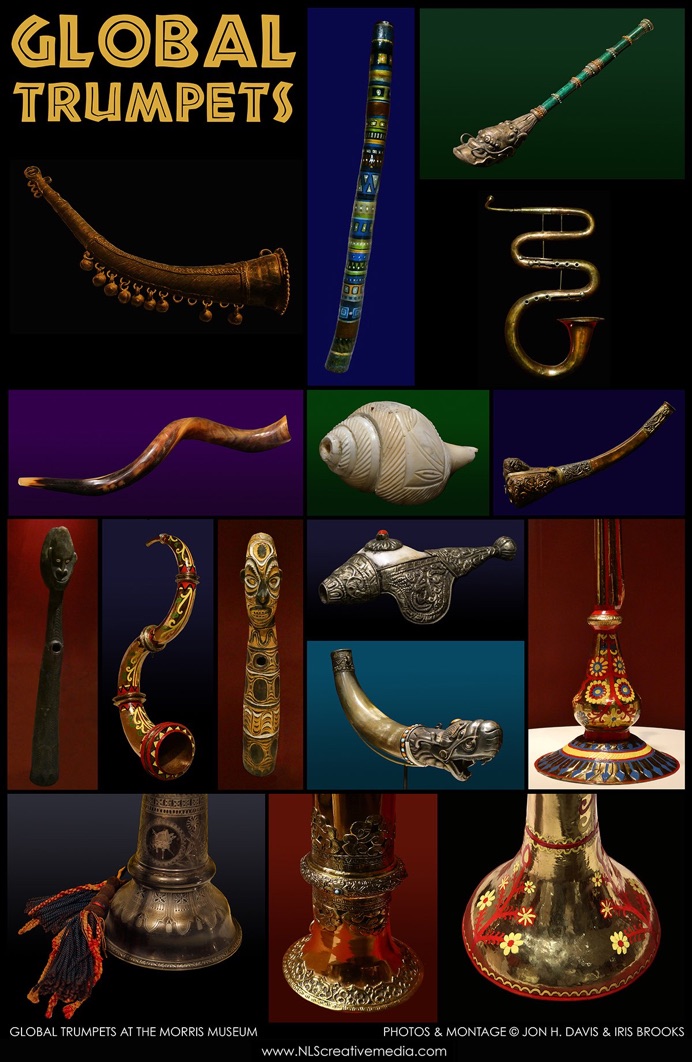
Is listening a lost art? While interactive exhibits are a way for museums to engage visitors, sometimes we need a break from pushing buttons. For generations past, sitting around a campfire to listen to stories or live music was the primary form of entertainment, and days before channel surfing on TVs, the radio served as a place to pull up a seat with one’s family and listen to music or FDR’s fireside chats. Today digital streaming of movies, podcasts, shows, stories, and sounds have become the norm. Human attention spans have shortened and YouTube videos reflect this in their commonly shorter lengths. Listening with a focused mindfulness can be a meditative practice and still is, in some parts of the world. Spiritual leader, Thich Nhat Hanh, a Vietnamese Buddhist monk and peace activist says: “Listening is a very deep practice. You have to empty yourself. You have to leave space in order to listen.”
This may have been what composer John Morton had in mind while developing his work, “Fever Songs” with components of sacred songs from around the world, now installed as part of his Sound Garden along with Jacqueline Shatz at the Morris Museum until February 24, 2019. “Fever Songs” is presented with nine audio speakers arranged in a circular formation and an additional central sensor with motion detectors, allowing for an interactive component as listeners move around the space and their proximity effects the sonic outcome. A computer monitor displaying what appears to be a hieroglyphic map for contemporary times with lines and numbers, is engaged as it: “actively processes and remixes the voices in an ever-changing composition.”
No button pushing is needed, although many visitors attempt this anyway (sometimes to the detriment of the equipment and piece). Women push strollers up to the digital display which they puzzle over, young kids run gleefully around the circle of speakers as though it is a game, and an occasional, inquisitive child places an ear right up to the speaker to elicit the sonic mystery in a box. Others cautiously peek into the gallery, unsure if the exhibit is open, since there is no splashy eye candy on the walls.
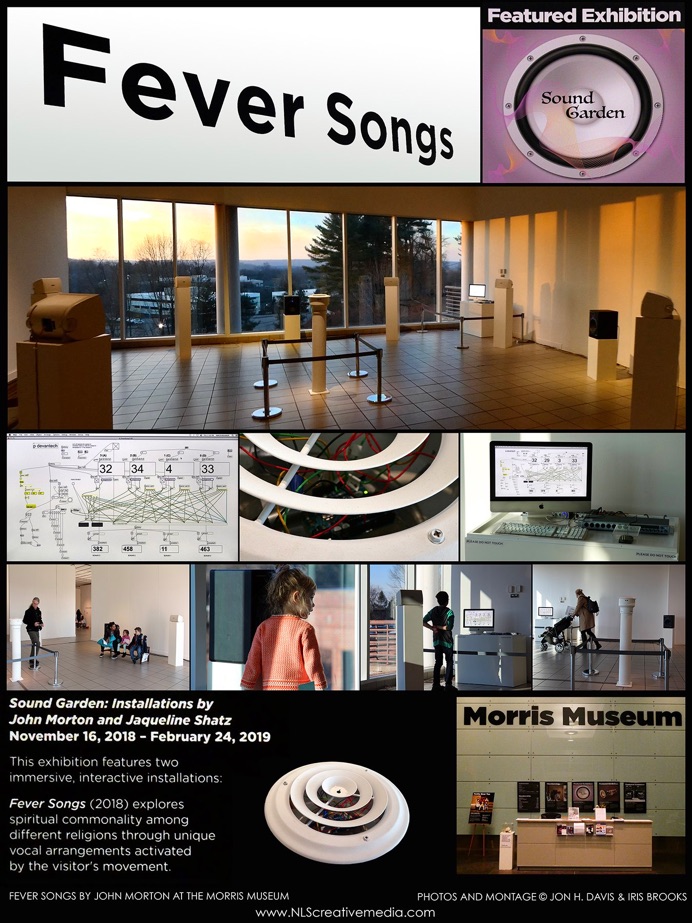
The installation setup appears minimal, but the sound is richly textured with vocal tracks sampled from many cultures and religious communities woven together, sometimes overlapping in unexpected ways. While the actual clips are pre-programmed (and may be heard individually in an adjoining room at a listening station, which identifies the performers), the resultant sounds and sustains of the commingling of religious texts change in the installation, as the audience wanders around. The audio event, is meant to express a shared human ecstatic experience while seeking order in chaos. The signage explains: “In many cultures music is used to transcend one’s inner self and achieve a state of mental and spiritual ecstasy.” Chief Curator and Director of Exhibitions, Ron Labaco comments: “It is a multi-denominational experience that incorporates music from various religions: Hindu, Islamic, Jewish, Christian, Buddhist to convey ecstatic euphoria.”
For this listener, the sound installation, “Fever Songs” created by John Morton, is more than just the sum of Tibetan Buddhist chants, Sephardic songs, Islamic vocalizations, and Abenaki recitations. “Fever Songs” conveys another calling: to take time to listen. Perhaps, if there is increased listening for all of us– as individuals, among communities, and across countries–we can experience a more harmonious world.
“The quieter you become, the more you can hear.”
-Ram Dass
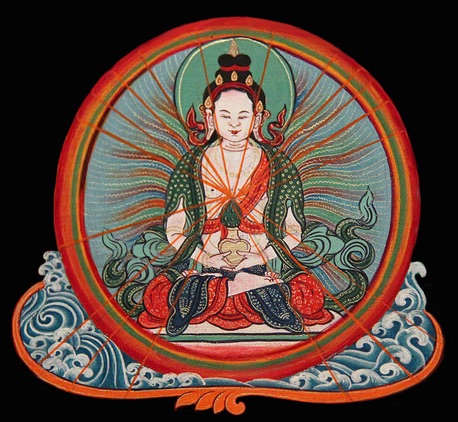
INFORMATION:
To learn more about the Morris Museum, visit:
To learn more about the author and photographers, visit:
LISTENING:
MUSINGS AT THE MORRIS MUSEUM
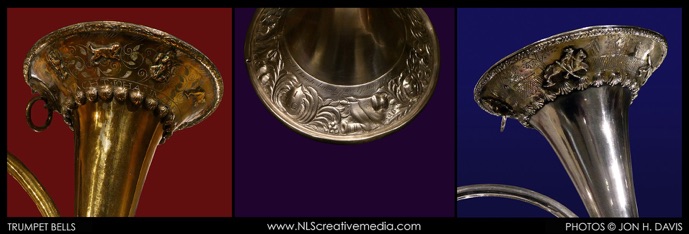
To see the video FEVER SONGS, click here.